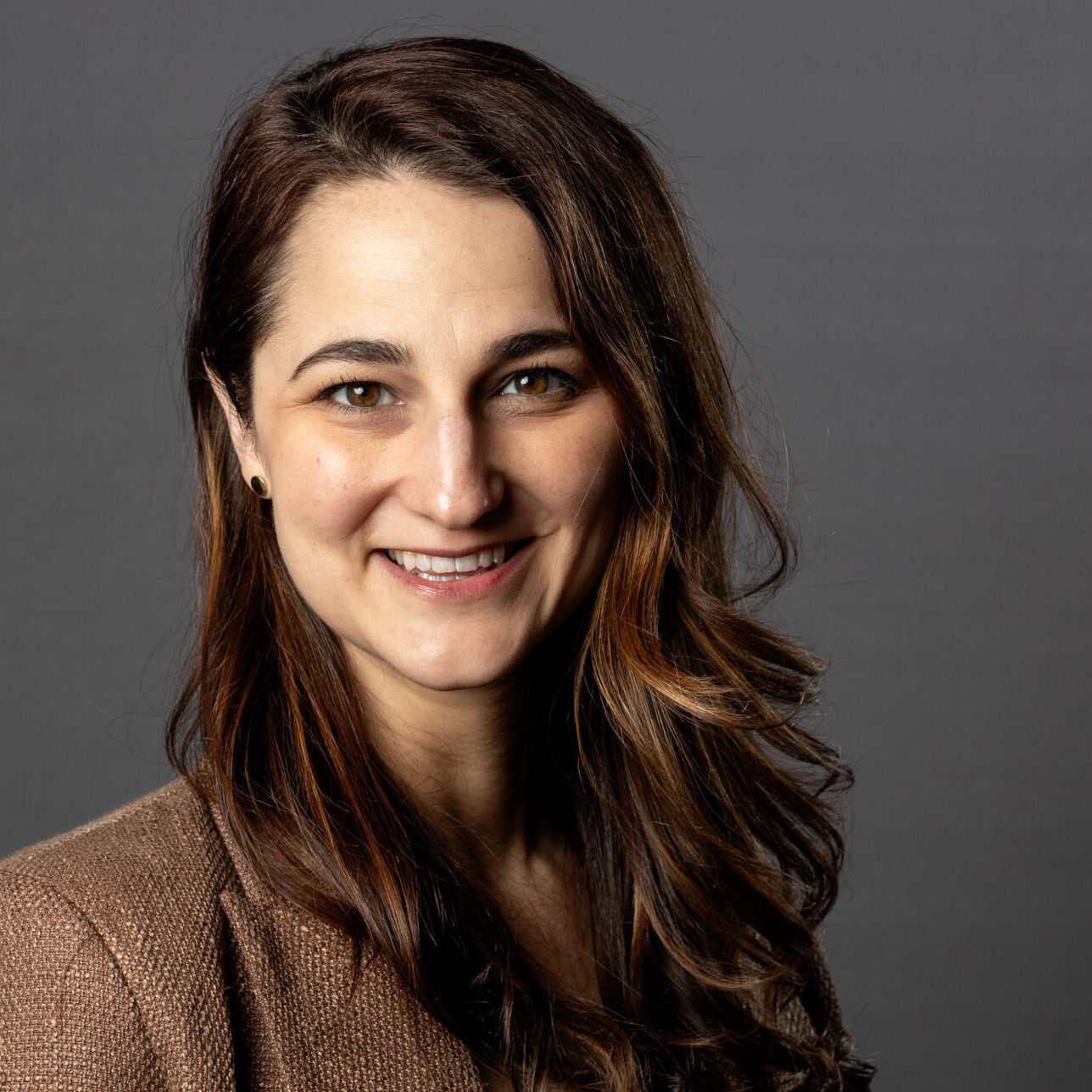I was privileged to have a conversation with the great Ian Mitroff recently. After hearing him speak at the International Leadership Association as a keynote, I looked him up and couldn’t believe I had never come across his work. He was at Berkeley during the Golden Era with West Churchman, the McKennas, Fritjof Capra, and, of course, Erich Jantsch. He was also president of the International Society for Systems Science (ISSS) in 1992. I contacted Ian to see if he knew Erich Jantsch and to praise him for his expansive scholarship that includes organizational crises, spirituality in the workplace, and working with his esteemed wife and alongside Fred Rogers (THE Mr. Rogers) on leadership lessons. Though he has only heard of Jantsch, he offered to have a chat with me. So, on one lunch hour on the East Coast and on an early morning on the West Coast, we hopped on Zoom to have a chat that ranged from politics to data to wicked messes. He left me with a question that I care to toil more on here in this post: “Where do we teach people about wicked messes?”
There is a lot that goes into an answer, here. First, we have to define “wicked messes”. Wicked messes are social or cultural problems that are difficult or impossible to solve because of their complex and interconnected nature. This isn’t just a few words thrown together; it is an intentional phrase, with its origins in systems thinking. Russ Ackoff (1979) appropriated the word ‘mess’ to describe a system of problems so interconnected that you couldn’t take study one problem on its own without impacting other problems. The term ‘wicked’ was used by Horst Rittel (1972), an architectural planning instructor at Berkeley, to describe a problem where none of the current academic programs or specialties have everything they need or the final say to solve the problem.
In his lecture below, Mitroff describes wicked messes and examples, such as COVID, where one health issue caused a series of interconnected problems (educational, health professions, economic). Causes of homelessness are also wicked problems – housing, mental health, domestic abuse, and disabilities all contribute to homelessness, which then causes social barriers and public safety issues. As there are many interconnected problems, there are many possible solutions.
With a definition and examples in hand, we can now come back to Mitroff’s question, where do we teach people about wicked messes?
Classes
- College classes: In select formal classes, students are already toiling with wicked messes. Design, planning, sustainability, leadership, and crisis management classes are hot spaces for students to learn about and apply systems science, complexity, and futures thinking to develop possible solutions in team-based and individual research ways. Project examples include analysis reports, panel presentations, interviews, debates, or prototype solutions.
- K12 classes: There is no reason kids can’t learn about wicked messes and the art of systematic and systemic thinking. Using frameworks such as PESTLE and STEEP can help students to further consider the interconnection between wicked messes. Classroom activities involve gamified learning, role-playing, simulation, or video series production.
Events
- Cross-disciplinary events: Events provide a great space for people to learn about the many facets of an issue, as well as leverage collective expertise around possible solutions. Events can be hosted by schools, for-profit entities, or community organizations. Event examples include conferences, debates, panels, and hackathons. Activities include gallery walks, post-it boards, and pitch presentations.
Media Coverage
- However, one aspect Ian discussed on our call that led to the question was the lack of systems thinking in media articles and coverage today. With only so much space or time to fill, few aspects of each problem reported on are covered. Can journalists be more diligent to report on topics using a systematic lens in order to educate the public on how to see the interconnection between the problems we face, and the connected solutions will have?
Wicked messes surround us and continue to multiply as problems and people become more interconnected. As much as we want to solve problems, we cannot do so without considering the other (and the impact on nature). We must continue to find new and inventive ways to bring this new way of thinking and finding solutions to problem-solvers.
References
Ackoff, R. L. (1979) ‘The Future of Operational Research is Past’, The Journal of the Operational Research Society,vol. 30, no. 2, pp. 93–104.
Rittel, H. (1972) ‘On the Planning Crisis: Systems Analysis of the ‘First and Second Generations’, Bedriftskonomen, vol. 8.


